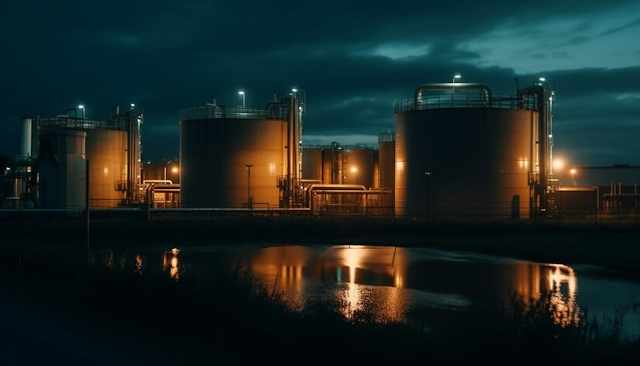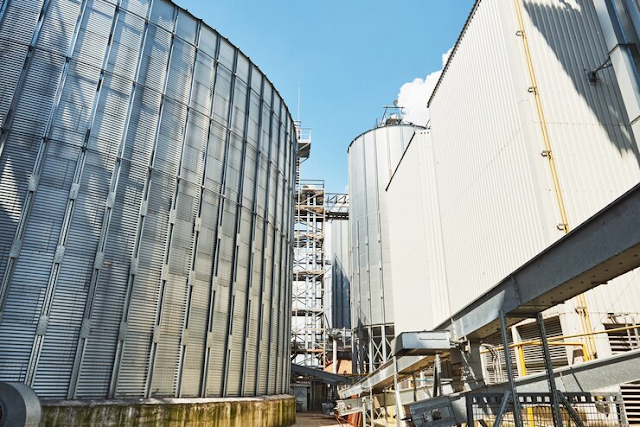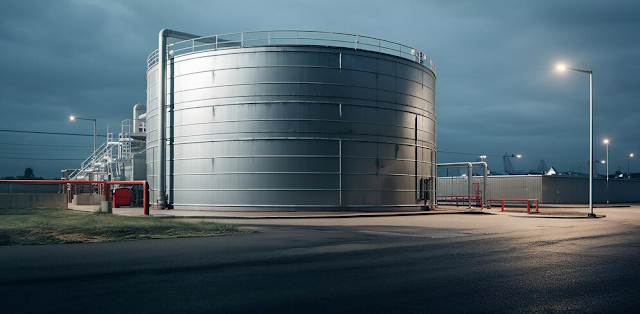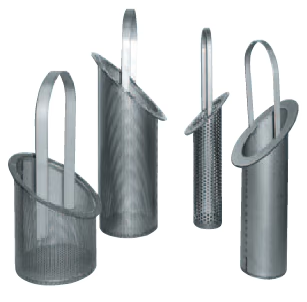Flower corsages are more than just accessories; they are a statement of personal style and an essential part of many special occasions. Whether it's for a prom, wedding, or any significant event, selecting the right corsage is paramount. This guide will take you through the best places to find flower corsage Melbourne, highlighting top florists and their unique designs. We'll also peek at the offerings in Sydney, ensuring you know where to go no matter where you are in these vibrant Australian cities.
1. Why Choose a Florist Corsage in Melbourne?
Melbourne, known for its vibrant arts scene and intricate laneways, also boasts an array of talented florists who bring creativity and passion to their floral designs. Choosing a local florist for your corsage means you get a fresh, bespoke accessory that can be tailored to match your outfit and the occasion perfectly.
2. Top Florists for Corsages in Melbourne
a. Blossom Boutique
Located in the heart of Melbourne, Blossom Boutique is renowned for its elegant and innovative floral designs. They specialize in creating custom corsages that use fresh, locally-sourced flowers. Their expert florists work closely with clients to ensure each corsage reflects the wearer's personality and style.
b. Petals & Leaves
This florist is celebrated for its meticulous attention to detail and use of exotic flowers. Petals & Leaves offers a variety of corsage options, from traditional pin-on styles to modern wristlets. They also provide a consultation service to help you choose the perfect flowers and colors for your event.
3. How to Select the Perfect Corsage
Selecting the perfect corsage involves considering several factors including the occasion, your outfit, and personal taste. Here are a few tips:
Match the Theme: Ensure your corsage complements the theme of the event and your outfit.
Flower Choice: Choose flowers that are not only beautiful but also sturdy enough to last throughout your event.
Personal Style: Consider a design that reflects your personal style, whether it's simple and elegant or bold and colorful.
4. Trends in Corsage Design in Melbourne
Contemporary corsage designs in Melbourne are moving towards more organic and natural looks. Florists are incorporating wildflowers and greenery for a more rustic appeal. There is also a trend towards sustainable practices, with more florists using locally grown flowers and eco-friendly materials.
5. Comparing Melbourne and Sydney: Florist Corsage Options
While Melbourne offers a more artistic and bespoke approach to corsages, Sydney is not far behind. Sydney's florists, such as the famous Floral Designs by Aaron, offer a wide range of styles from classic to contemporary. Sydney also has a vibrant market scene where fresh flowers can be picked and styled into unique corsages.
6. Florist Corsage in Sydney
For those in Sydney, exploring options like the Sydney Flower Market can provide access to a wide variety of flowers at competitive prices. Local florists such as Coursage with a Twist offer custom designs that can be tailored to any event, ensuring that your corsage is as unique as the occasion.
7. How to Care for Your Corsage
To ensure your corsage looks its best throughout your event, keep it refrigerated until it's time to wear it. Avoid direct sunlight and spray lightly with water to keep the flowers fresh.


















